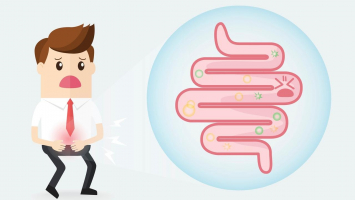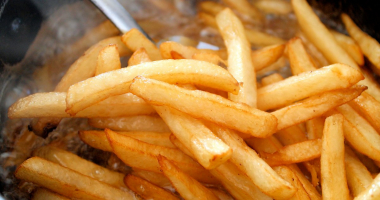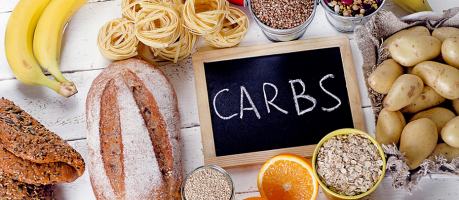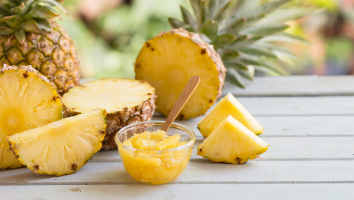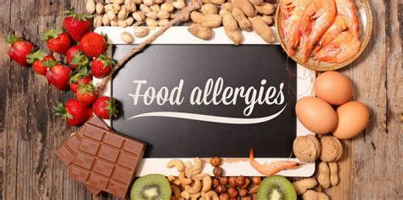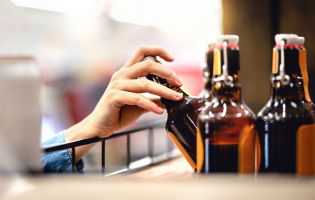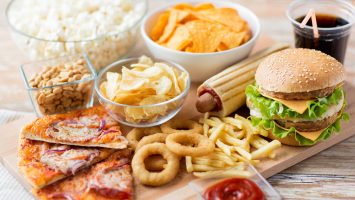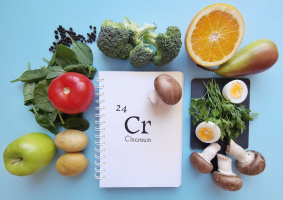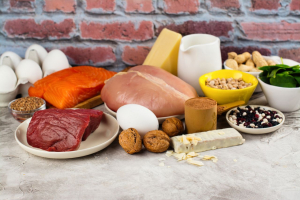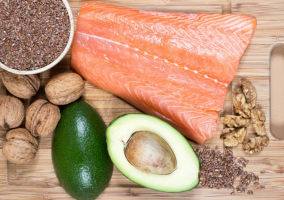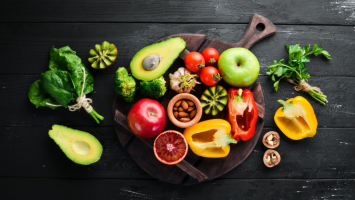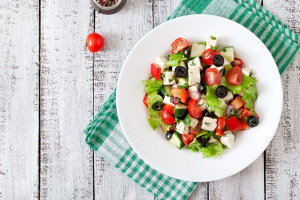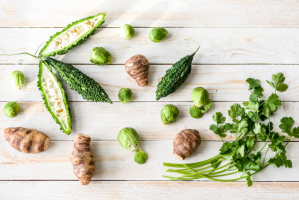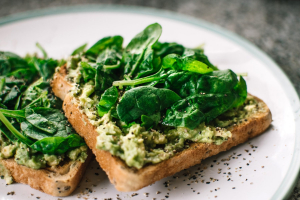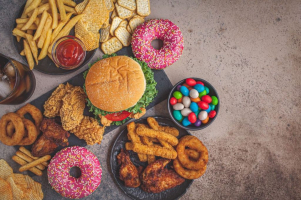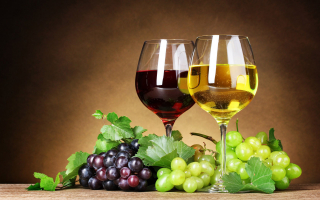Top 10 Foods That Cause Bloating
Bloating occurs when, after eating, your stomach feels enlarged or swollen. Gas or other digestive problems are typically the reasons. Bloating occurs ... read more...frequently, a 16–30% majority of people claim to regularly experience it. Bloating usually results from something in the food, even though it could be an indication of a serious medical issue. Below are some commnon foods that can make you feel bloated.
-
Beans are rich in protein and include nutritious carbohydrates. In addition to being high in vitamins and minerals, beans are also a great source of fiber. Alpha-galactosides, a group of carbohydrates known as FODMAPs, are present in the majority of beans. FODMAPs, also known as fermentable oligo-, di-, mono-saccharides and polyols, are short-chain carbohydrates that skip digestion and are subsequently fermented in the colon by gut bacteria. Gas is a byproduct of this process.
FODMAPs should not be problematic for healthy adults as they merely serve as fuel for the beneficial bacteria in the digestive tract. The fermentation process results in the formation of another type of gas, which is problematic for those with irritable bowel syndrome. Bloating, flatulence, cramping, and diarrhea are some of the symptoms that could result in severe discomfort. A simple technique to lower the FODMAP content of beans is to soak and sprout them. Additionally helpful is frequently changing the soaking water.
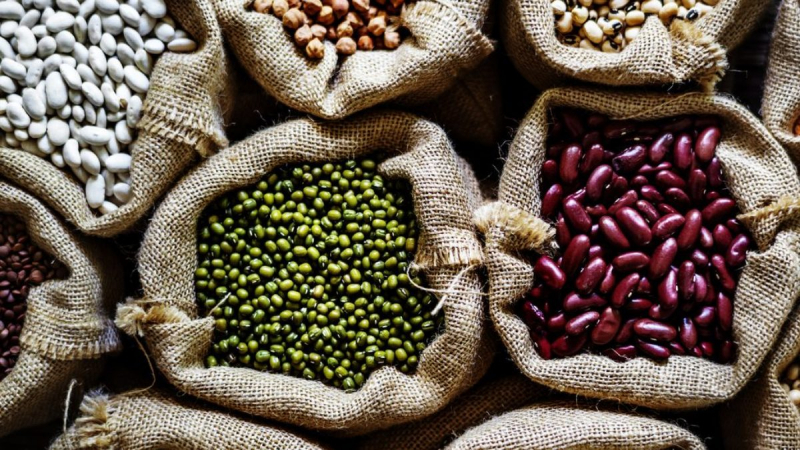
Beans 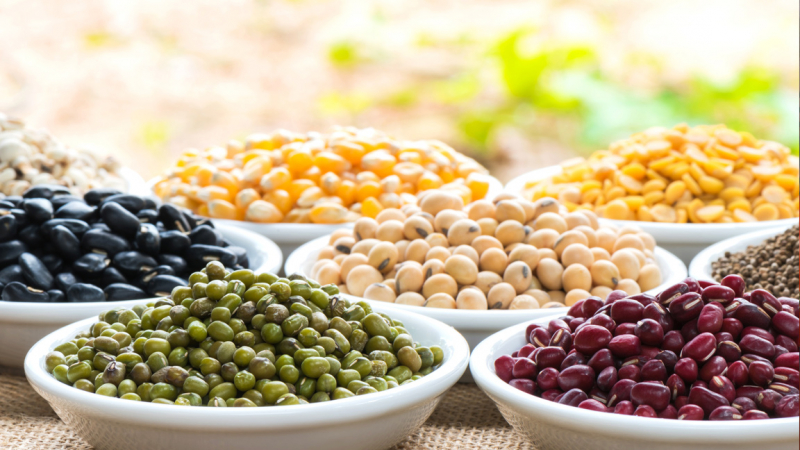
Beans -
Along with minerals like iron, copper, and manganese, lentils also have significant levels of protein, fiber, and healthy carbs. But they are among the most common foods that cause bloating and gas. Many people experience digestive discomfort after consuming lentils because they are rich in fiber.
They can cause bloating in sensitive people due to their high fiber content. Consuming too much fiber can lead to symptoms like gas, bloating, constipation and other digestive issues. For those who are not used to eating a lot of fiber, this is particularly true. Lentils include FODMAPs, just like beans do. Bloating and excessive gas production may be caused by these sugars. However, lentils might be much easier on the digestive system if you soak or sprout them before consuming them. Due to their lower fiber content than darker ones, light-colored lentils may result in less bloating.
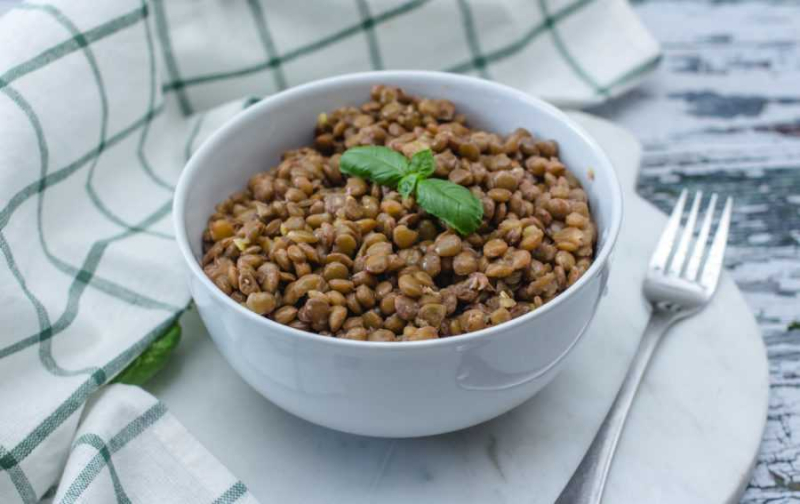
Lentils 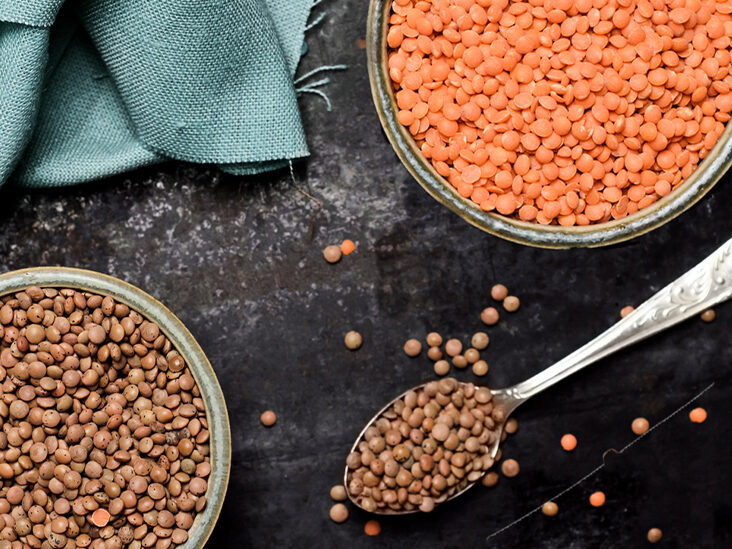
Lentils -
Carbonated beverages are another pretty common bloating trigger. These beverages have significant levels of the gas carbon dioxide. You ingest significant amounts of this gas after consuming one of these beverages. Uncomfortable bloating and even cramps can result from gas that becomes trapped in the digestive system.
The result gets worsens when you add sugar and artificial sweeteners into the mix. It's possible that some artificial sweeteners, in addition to causing excess gas, are to blame if you find that you're getting more and more bloated after drinking diet soda. Gas and bloating may also result from consuming too much high-fructose corn syrup, which is a common ingredient in "regular" sodas. For sure, if you’re drinking a lot of soda, diet or otherwise, you may be setting yourself up for bloating and gas. Always choose plain water. Coffee, tea, and still water flavored with fruit are further good substitutes.
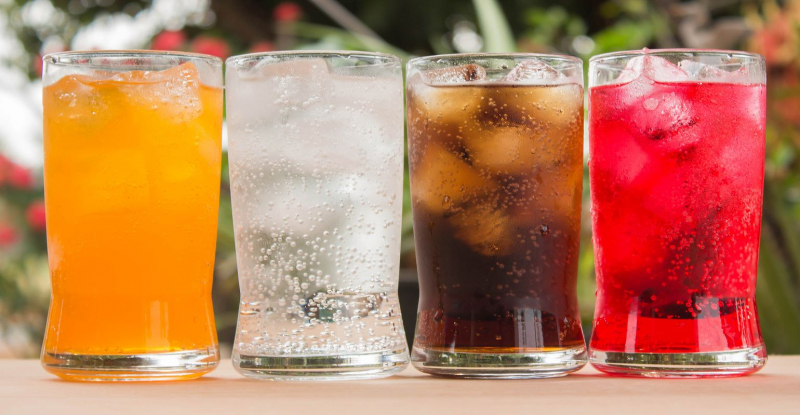
Carbonated Drinks 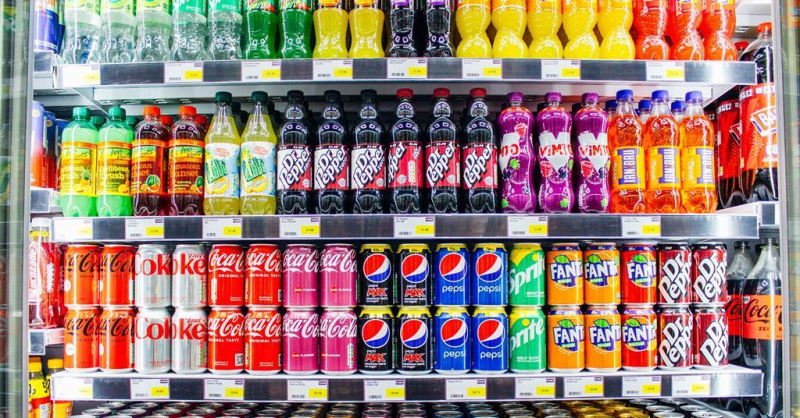
Carbonated Drinks -
Due mostly to the presence of a protein called gluten, wheat has been the topic of heated debate in recent years. Wheat is being consumed by a huge number of people notwithstanding the issue. It is a component of the majority of bread, pasta, tortillas, pizzas, and baked products like cakes, biscuits, pancakes, waffles, and others.
Wheat can be quite problematic for those who have celiac disease or gluten sensitivity. If you have celiac disease, a wheat allergy or a non-celiac gluten sensitivity, eating gluten products may make you feel bloated. Over 300 various negative effects, including bloating, constipation, diarrhea, headaches, fatigue, and irritability, may be experienced by people who are sensitive to or allergic to gluten. FODMAPs, which many people have digestive issues from, are also high in wheat. Pure oats, quinoa, buckwheat, almond flour, and coconut flour are some of the many gluten-free alternatives to wheat.
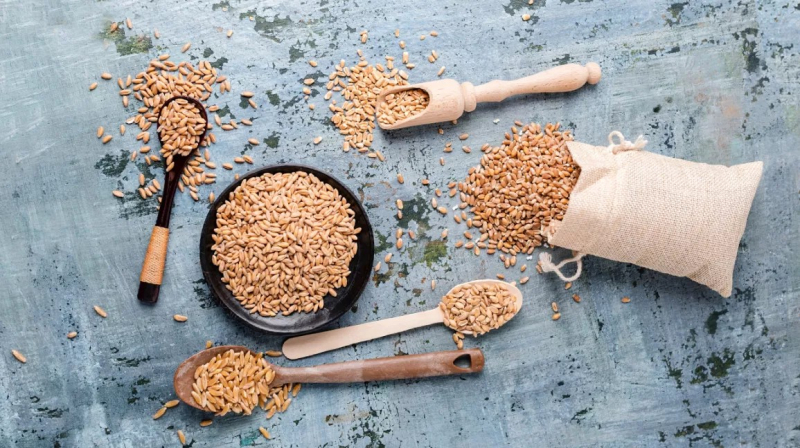
Wheat 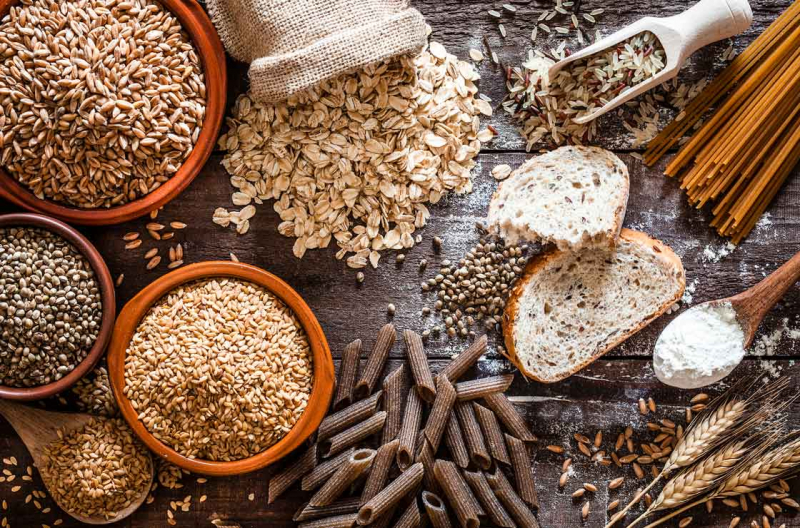
Wheat -
Brussels sprouts, broccoli, cauliflower, cabbage, and a number of other vegetables belong to the cruciferous vegetable family. These are extremely nutritious and rich in fiber, vitamin C, vitamin K, iron, and potassium.
They may, however, cause bloating in certain people because they also contain FODMAPs. These cruciferous vegetables like kale, broccoli, and cabbage contain raffinose, a sugar that isn't digested until bacteria in your gut ferment it. This results in gas production, which makes you feel bloated. Cruciferous vegetables may be simpler to digest if they have been cooked. The digestive system becomes stronger, healthier, and less prone to bloating when nutrient-rich, high-fiber foods are consumed on a regular basis. There are a variety of potential replacements, including sweet potatoes, zucchini, cucumbers, spinach, and lettuce.
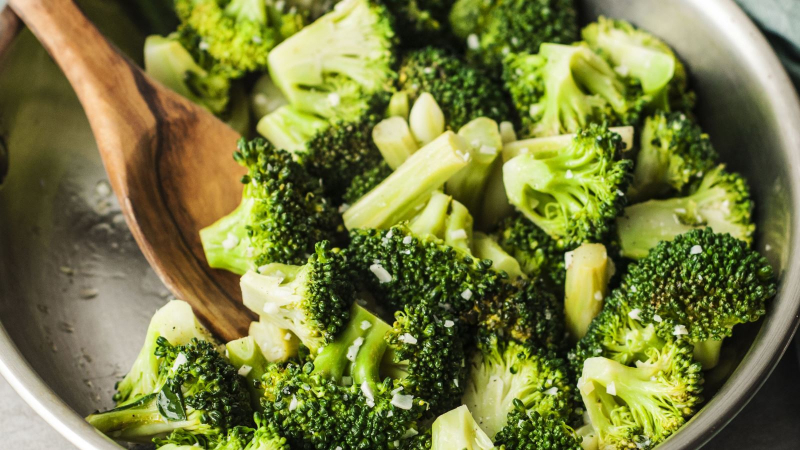
Broccoli and Other Cruciferous Vegetables 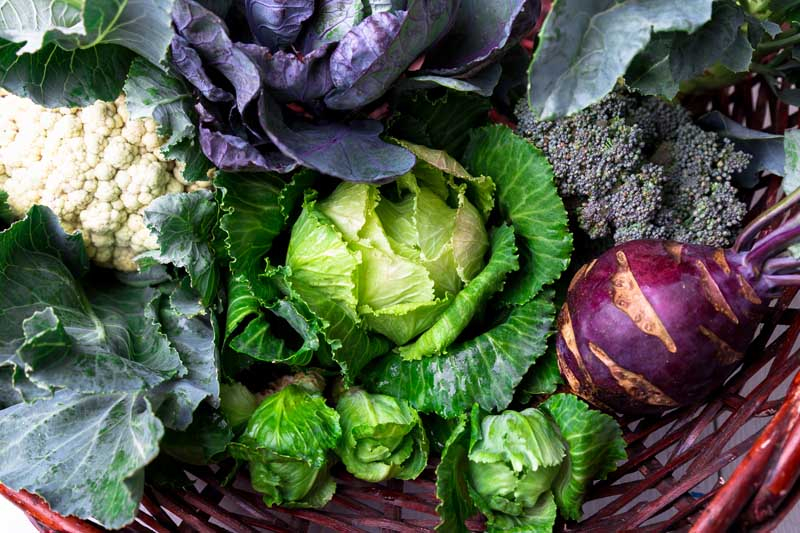
Broccoli and Other Cruciferous Vegetables -
Onions are underground vegetable bulbs that have a distinctive, potent flavor. Although they are frequently used in salads, side dishes, and cooked meals, they are rarely eaten whole. Although they are often consumed in moderation, onions are one of the main food sources of fructans. These soluble fibers may make you feel bloated.
Other components in onions, especially raw onions, can cause sensitivity or intolerance in some people. So onions are a well-known contributor to bloating and other digestive discomforts. Some people may be allergic to garlic or onions, which raises the possibility of experiencing bloating, belching, and gas after eating them. The digestive effects of cooking the onions might be lessened. As an alternative to onions, try using fresh herbs or spices. In place of onions, people can use celery, collard greens, leeks, and fennel. Garlic can be substituted with other spices and herbs like chives and basil.
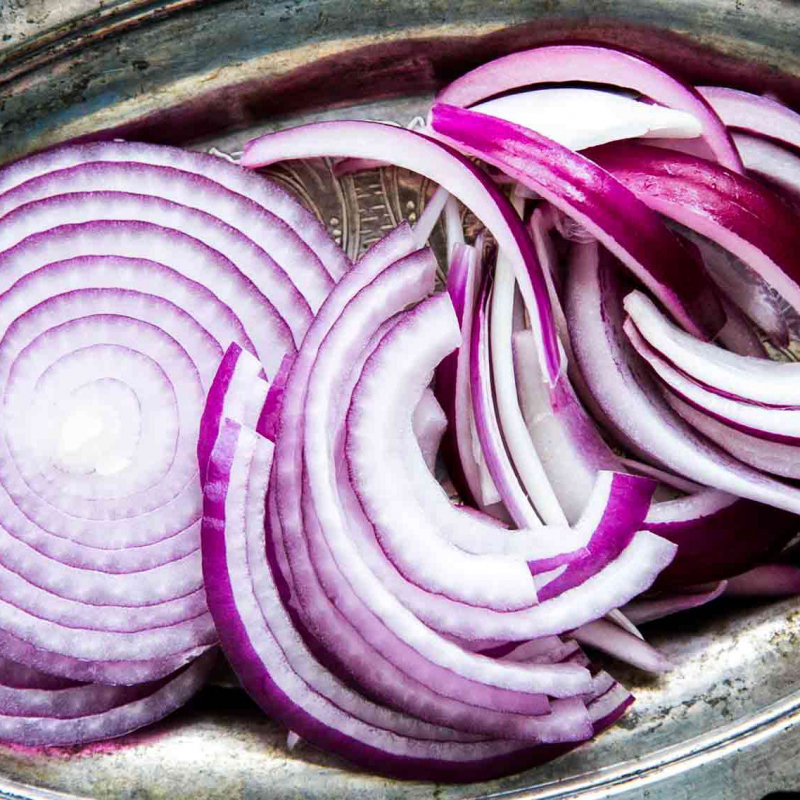
Onions 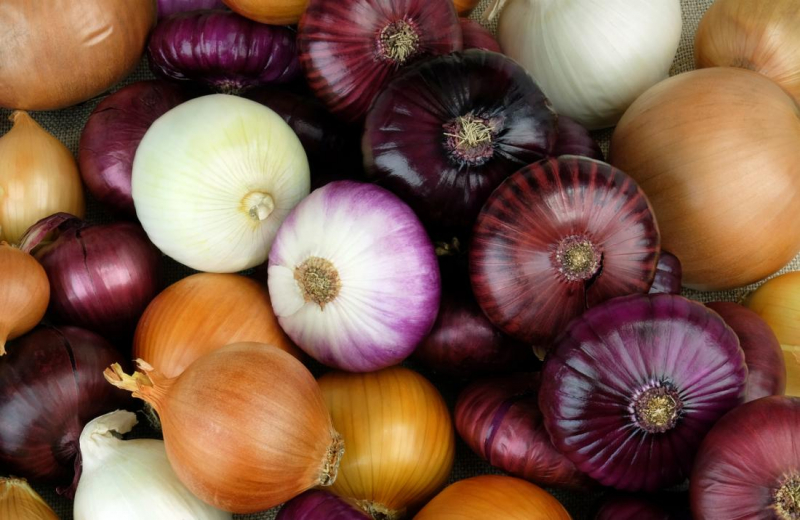
Onions -
One popular cereal grain is barley. There are numerous uses for barley, a cereal grain that is safe to eat. In soups, stews, casseroles, or served on its own as a side dish, you may substitute it for almost any whole grain or rice.
It is particularly nutrient-dense because of its high fiber content and abundance of vitamins and minerals like selenium, manganese, and molybdenum. In people who are not used to eating a lot of fiber, whole grain barley may cause bloating due to its high fiber level. Barley furthermore includes gluten. For those who are gluten sensitive, this could be problematic. It might be easier to tolerate refined barley, such as pearl or scotch barley. Oats, brown rice, quinoa, or buckwheat are some of the additional grains or pseudocereals that can be used in place of barley.
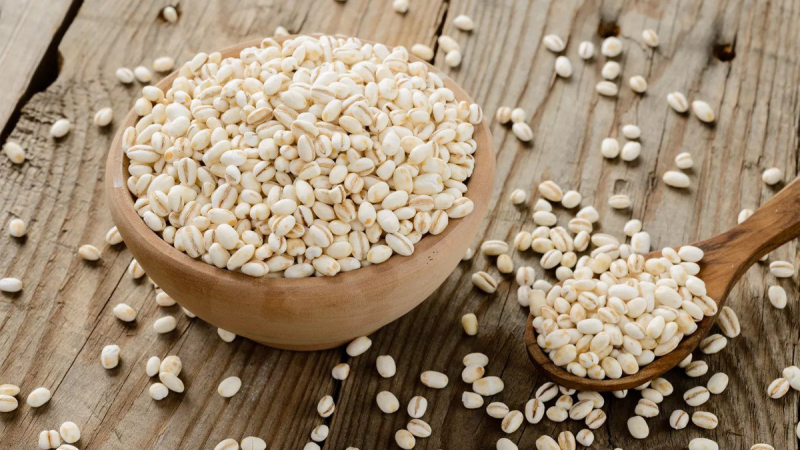
Barley 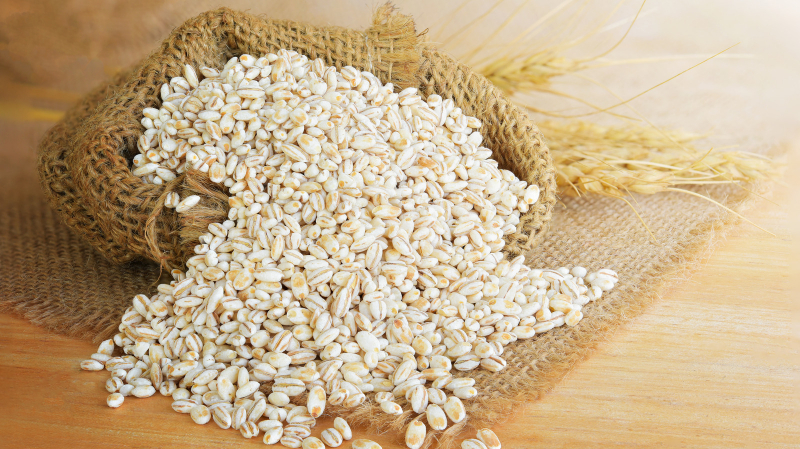
Barley -
A cereal grain related to wheat is rye. It is a great source of fiber, manganese, phosphorus, copper, and B vitamins and is particularly nutrient-dense. Because it includes gluten, a protein to which many people are sensitive or intolerant, rye does classify as a glutinous food. Rye may be a significant contributor to gas and bloating in those who are sensitive because of its high fiber and gluten levels.
Rye may be a significant contributor to bloating in sensitive people because of its high fiber and gluten levels. Try grains from other parts of the farm, such oats, as these might be easier on your body. If avoiding gluten is a concern for you, here are some items to put in your shopping cart. That are other cereals or pseudocereals maybe eaten instead, such as quinoa, brown rice, oats, or buckwheat.
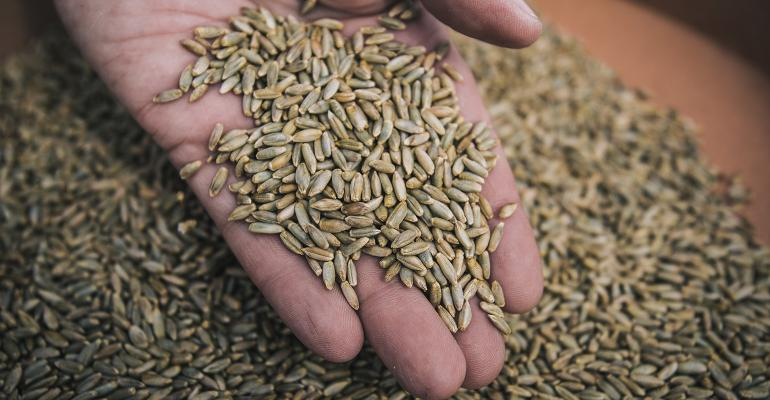
Rye 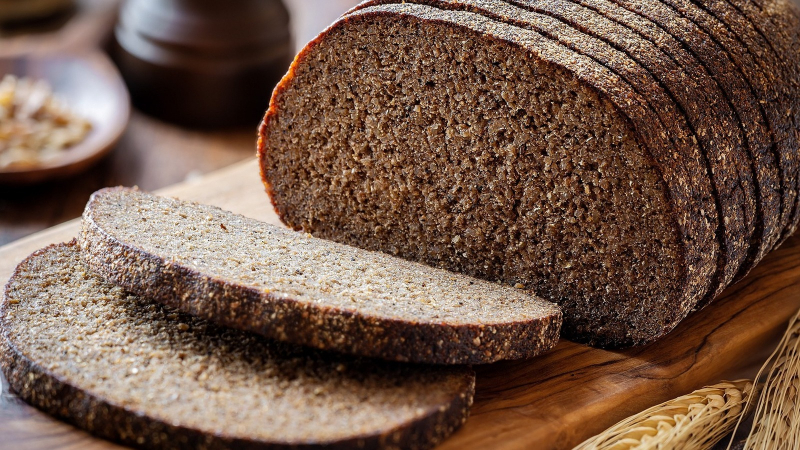
Rye -
Dairy is very nutrient-dense and a great source of calcium and protein. Dairy products come in a variety of types, including milk, cheese, cream cheese, yogurt, and butter.
However, lactose, the sugar present in milk, cannot be broken down by around 75% of the world's population. This condition is referred to as lactose intolerance. Dairy products might really upset your stomach if you have lactose intolerance. Bloating, gas, cramping, and diarrhea are among the symptoms. Even those who are lactose intolerant sometimes accept cream, butter, and fermented dairy products like yogurt. Find out more about the milk substitutes that are sold in stores and provide many of the same nutritional and health benefits. There are various milk products available without lactose. Coconut, almond, soy, or rice milk are additional substitutes for regular milk.

Dairy Products 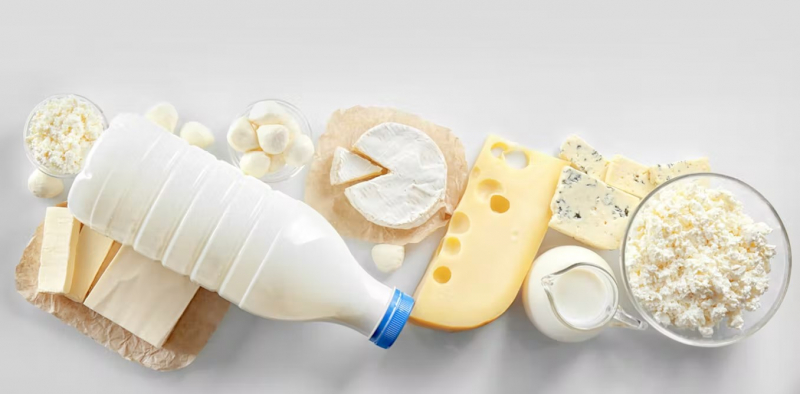
Dairy Products -
The most consumed fruits worldwide are apples and pears. They have been associated with a number of health advantages and are high in fiber, vitamin C, and antioxidants. But for some people, apples and pears have also been linked to bloating and other digestive problems.
Fructose, a FODMAP, and the high fiber content are to blame. Both fructose and fiber have the potential to cause gas and bloating when fermented in the large intestine. The sugars, or fructose, that make these available fruits so delicious also make digestion hard and cause bloating. If you eat the skin, apples and pears can also contain a lot of difficult-to-process fiber. Compared to raw apples, cooked ones may be easier to digest. Other fruits, such bananas, blueberries, grapefruit, mandarin oranges, strawberries, bananas, blueberries, etc can be eaten instead.
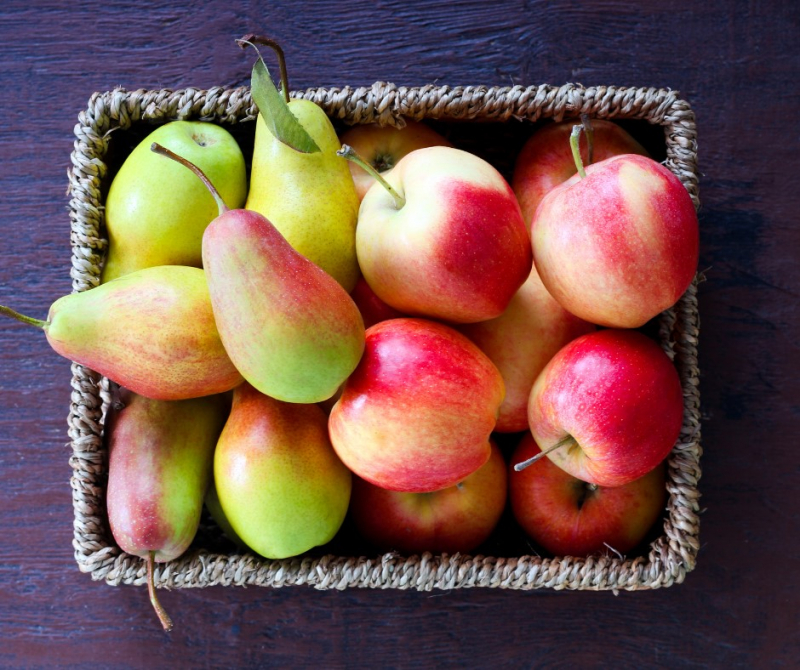
Apples/ Pears 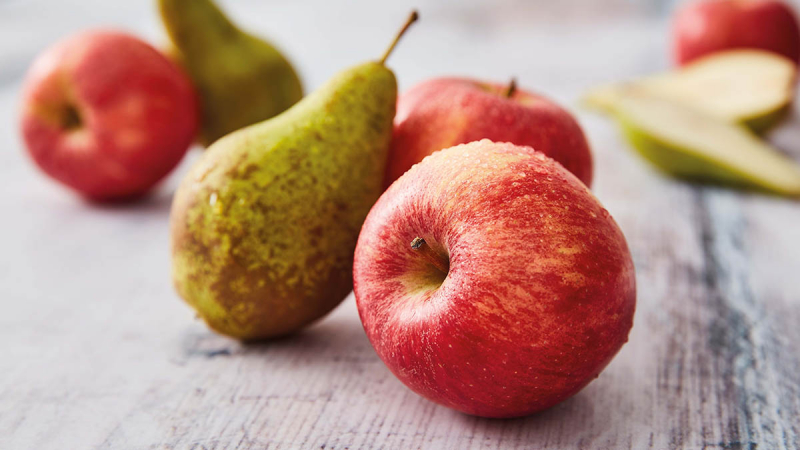
Apples/ Pears












